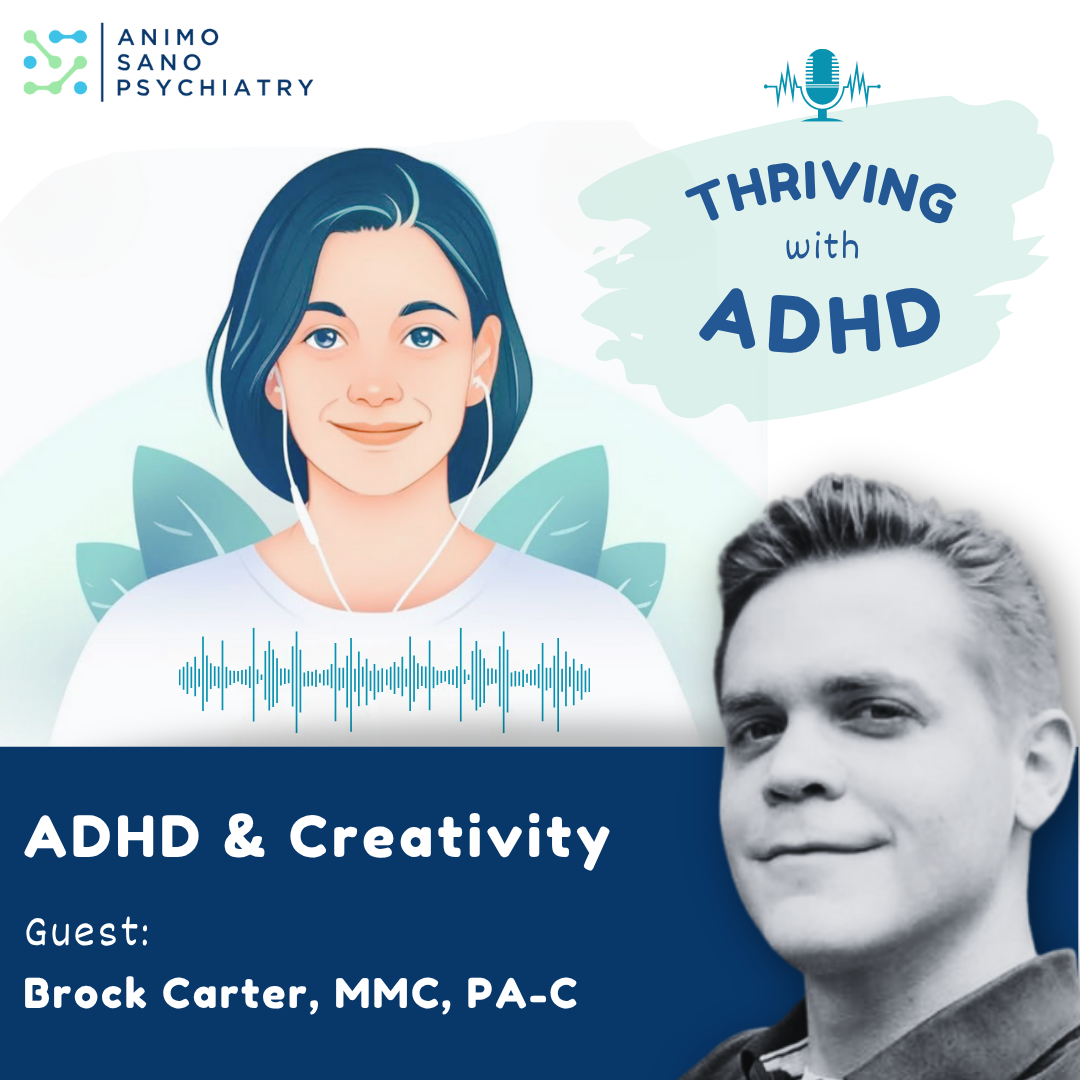
Attention-Deficit/Hyperactivity Disorder (ADHD) is often associated with hyperactivity and impulsivity. However, there’s a subtype known as Inattentive ADHD, where individuals primarily struggle with attention-related challenges without the hallmark hyperactive behaviors. Understanding this subtype is crucial for accurate diagnosis and effective intervention.
Defining Inattentive ADHD
Inattentive ADHD, previously referred to as Attention Deficit Disorder (ADD), is characterized by significant difficulties in maintaining attention, organization, and follow-through. Unlike the combined subtype, individuals with inattentive ADHD do not exhibit pronounced hyperactive or impulsive behaviors. This can lead to the condition being overlooked, especially in environments where hyperactivity is more readily identified.

Prevalence and Demographics
ADHD affects approximately 11.4% of U.S. children aged 3–17 years, according to data from 2022. Among these cases, inattentive symptoms are highly prevalent. Studies have shown that inattentive symptoms are most frequently endorsed (>90%) in ADHD adults. This subtype is also more commonly diagnosed in females, who may not exhibit the disruptive behaviors often seen in males with ADHD, leading to underdiagnosis or misdiagnosis.
Recognizing the Symptoms

Identifying inattentive ADHD requires a keen observation of specific behaviors, including:
- Difficulty Sustaining Attention: Individuals may struggle to maintain focus on tasks or activities, especially those that are repetitive or lack immediate reward.
- Careless Mistakes: Frequent errors in work or school assignments due to oversight or inattention to detail.
- Poor Organizational Skills: Challenges in keeping materials and belongings in order, leading to disorganized workspaces and missed deadlines.
- Avoidance of Tasks Requiring Sustained Mental Effort: Reluctance to engage in tasks that demand prolonged concentration, such as lengthy reading or complex problem-solving.
- Easily Distracted: Susceptibility to external stimuli, making it hard to complete tasks without interruption.
- Forgetfulness: Tendency to forget daily activities, appointments, or obligations.
For a diagnosis, children up to age 16 should exhibit six or more of these symptoms for at least six months, while adolescents aged 17 and older require five or more symptoms.
Impact on Daily Life
The symptoms of inattentive ADHD can significantly affect various aspects of an individual’s life:
- Academic Challenges: Students may underperform due to missed assignments, careless mistakes, or difficulty following instructions.
- Occupational Difficulties: Adults might struggle with meeting deadlines, organizing tasks, or maintaining productivity, potentially hindering career advancement.
- Social Interactions: Forgetfulness or appearing disinterested can strain relationships, as others may perceive these behaviors as lack of care or attention.
Treatment and Management
While there is no cure, Inattentive ADHD can be effectively managed through a combination of strategies. These approaches can significantly reduce symptoms and help individuals lead fulfilling, productive lives:
- Behavioral Therapy: Techniques focus on developing organizational skills, time management, and strategies to improve focus and task completion.
- Medication: Stimulant medications, such as methylphenidate or amphetamines, are commonly prescribed. Non-stimulant options like atomoxetine may also be considered based on individual needs.
- Educational Interventions: Implementing accommodations, such as extended time on tests or modified assignments, can support academic success.
- Lifestyle Modifications: Regular physical activity, a balanced diet, and sufficient sleep can positively influence attention and overall well-being.
Early identification and intervention are crucial. Parents, educators, and healthcare providers should collaborate to create supportive environments that address the unique challenges faced by individuals with inattentive ADHD.
Final Thoughts
Inattentive ADHD is a nuanced condition that extends beyond the commonly recognized hyperactive behaviors. By understanding its distinct symptoms and impacts, we can foster empathy and develop tailored strategies to support those affected, enhancing their quality of life and enabling them to reach their full potential.
Responsibly edited by AI
Other Blog Posts in
Animo Sano Psychiatry is open for patients in North Carolina, Georgia and Tennessee. If you’d like to schedule an appointment, please contact us.
Get Access to Behavioral Health Care
Let’s take your first step towards. Press the button to get started. We’ll be back to you as soon as possible.ecovery, together.



